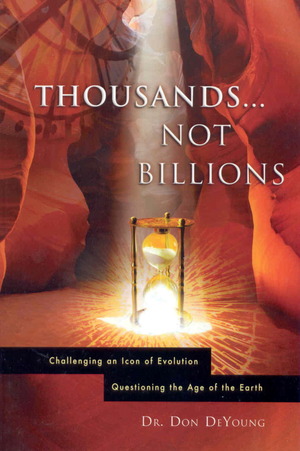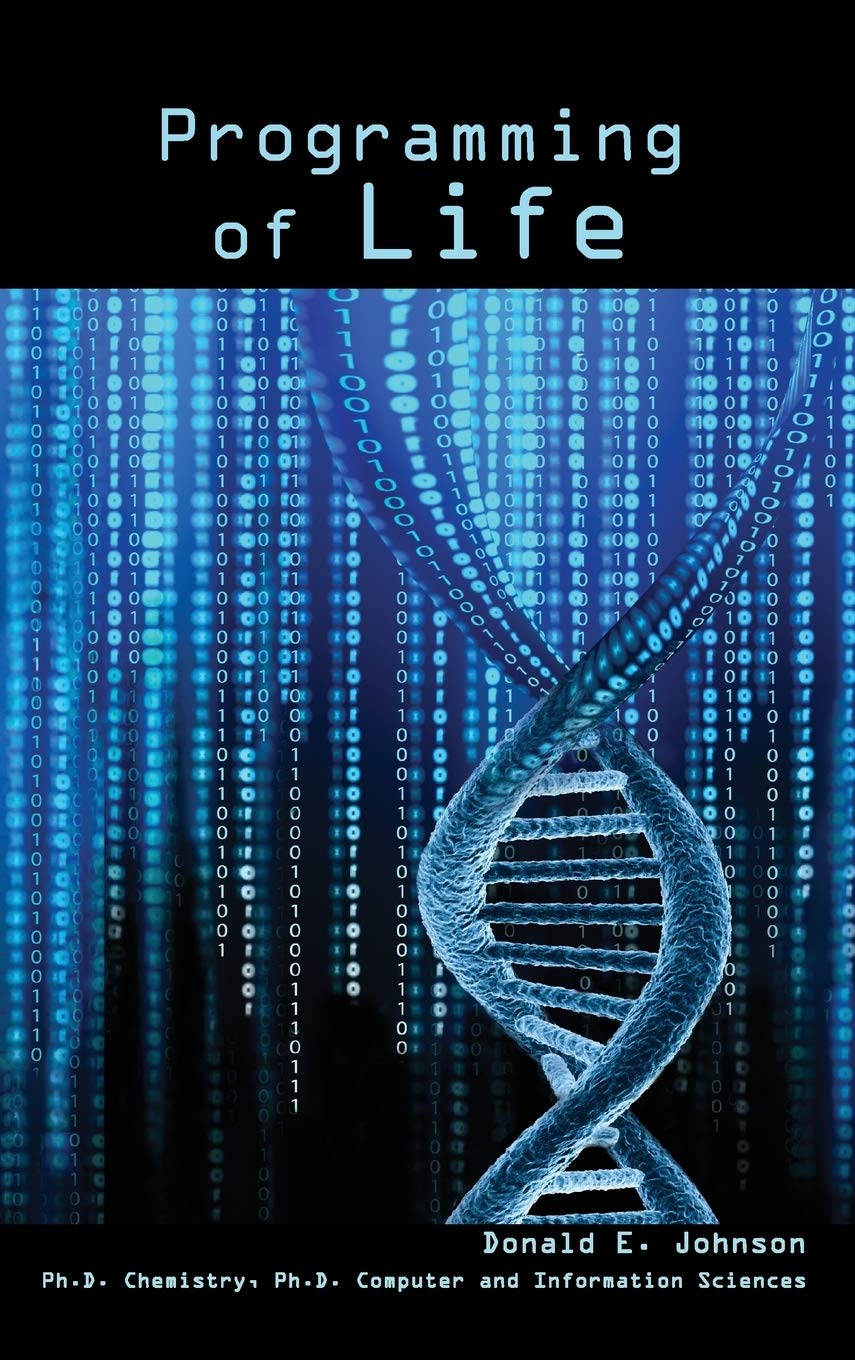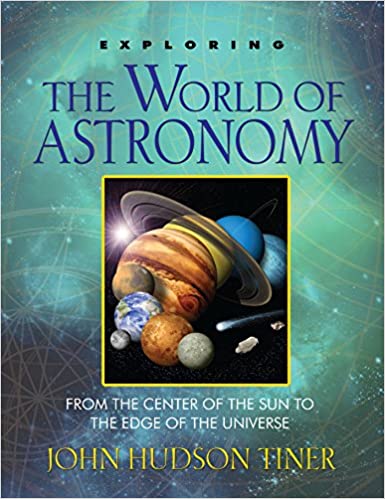History is full of sad stories. Nobody needs to tell us that. Nevertheless many tragic events have been obscured by the mists of time. It sometimes seems that we scarcely know or care any more about the crusades, European wars or treaties during the Middle Ages or events before or after that time. Eighty years ago however, the assassination of the Romanovs, the Russian czar and his family took place in the Siberian town of Yekaterinburg. The events were so shrouded in mystery, and the victims so interesting (particularly the four beautiful daughters), that public interest in the story has never faded. Now, thanks to some remarkable espionage carried out in Russia during the final years of the Communist regime, and to some recently developed skills in forensic science, the final chapter on the Romanov saga will be written during the summer of 1998. If all goes according to plan, the Romanovs will be buried in the family sepulchre in St. Peter and St. Paul Cathedral in St. Petersburg. The funeral service with appropriate imperial grandeur is scheduled for July 17 — 80 years to the day after their untimely deaths.
During the 1970s a low ranking Russian government official had occasion to visit Yekaterinburg. He was Gely Ryabov, filmmaker for the Russian Interior Ministry and a former police investigator. While there, Mr. Ryabov began to reflect on the mysterious fate of the Romanovs. Back in Moscow he used his government clearance to obtain access to secret archives. With this information he managed to locate the children of the Bolshevik guard who had overseen the executions. From a son of the guard, Ryabov obtained a personal account of the events of July 17, 1918. A local historian and geologist in Yekaterinburg helped Ryabov locate a shallow grave. In order to avoid repercussions from the Communist regime, Ryabov dug at night. Although the grave was located in 1979, the majority of the bones were not exhumed until 1991. Nine skeletons were found. Now the task was to identify the remains. Were they really the Romanovs? The retinue had included eleven individuals, seven of whom were the royal family and four servants. The discrepancy suggested that these might be altogether different people, not the Romanovs at all. Russian forensic scientist Pavel Ivanov set out to achieve the nearly impossible, positive identification of skeletons so fragile that some bones turned to dust when disturbed.
Mr. Ivanov worked with scientist Peter Gill and his team at Britain’s central forensic laboratory at Aldermaston. Their objective was to examine genetic material in the remains. Two problems however were evident. No close relatives of the Romanovs remained with whom the genetic material could be compared. In addition the bones were so poorly preserved that the chances of obtaining good genetic material were minimal. There is a small ring of genetic information however that is much easier to obtain than is normal genetic information located in the nucleus of the cell. While genetic information from the nucleus is unique to each individual, it is still fairly similar to that of relatives. However the genetic material (DNA) that these scientists sought, is expected to be identical in all descendants of a matriarch, whether this is a mother, grandmother, great grandmother or even great great grandmother. The use of this special DNA would allow the blood of remote relatives to be compared with the DNA, if any, extracted from the bones.
The mechanics of mitochondrial DNA (the special ring) in human lines of descent is as follows. Each parent contributes one complete set of chromosomes (long ribbons of DNA) to a child. The fertilized egg therefore contains two complete sets of chromosomes, one from the mother and one from the father. These chromosomes are situated in the nucleus of the fertilized egg. This cell then goes on to develop into a new individual. The sperm cell from the father contributes only chromosomes for the nucleus in the egg. In order to live and develop, however, the egg cell needs a lot more cell machinery than just a nucleus. All the extra cell machinery (called cytoplasm) comes only from the egg cell which the mother has produced. Included in the egg’s cell machinery are tiny structures called mitochondria. Each one has a tiny ring of DNA inside which is completely different from that in the nucleus. Thus the mitochondrial DNA (mt DNA) comes to each child only from the mother. There is no mixing with information from the father. The only source of change in mtDNA is through spontaneous changes or mutations.
In order to identify the Romanov remains, blood relatives would have to be located. The czarina and all five Romanov children would beexpected to have identical mtDNA. The czar of course contributed no mtDNA to any of his children. His mtDNA would have to be compared with relatives on his mother’s side of the family. Britain’s Prince Philip graciously contributed a sample of blood which would be used to identify the czarina and children. Prince Philip’s grandmother Victoria was the sister of Czarina Alexandra. His mother, Alice of Battenberg, and the Romanov children were first cousins. Soon it was established that Philip’s mtDNA matched that from four of the skeletons. These were identified on the basis of bone and skull structure as the czarina and three of her daughters. The bones of two children, Prince Alexei and Princess Marie, were not found.
As far as the czar was concerned, mtDNA from his presumed skeleton was compared with that of a relative who was also descended, through the female line, from the same great grandmother as Nicholas. But there was a glitch in the identification of the czar. There was one point that did not match between in two samples. The results should have been identical. Was the mismatch the result of a mutation? A firm identification of the czar’s bones was finally made after the remains of his brother, the Grand Duke Georgij Romanov were exhumed. His mtDNA was the same as that of the czar. The general rejoicing among scientists however was tempered by two troubling realizations. Firstly forensic scientists began to wonder how often mutations of mtDNA might affect their positive identification of blood relatives in the female line. Secondly evolutionary biologists began to wonder if evolutionary conclusions based on a presumed slow mutation rate in mtDNA might, after all, be wrong.
Scientists began to look more closely at mtDNA in extended families of missing American soldiers. These studies were being conducted to identify long lost remains of American servicemen. Scientists have assumed that mtDNA mutates only once in every 300 to 600 generations, or once in about 6000 to 12,000 years. This estimate was based on the idea that chimpanzees developed into humans and that this development of the human line began as much as five million years ago. Examination of the differences between human and chimp mtDNA in conjunction with the assumed long time interval led scientists to the calculated slow mutation rate. If however some of the assumptions used in the calculation were wrong, such as the idea that humans came from chimps, or such as the idea of a five million year time interval, then the rate might be completely in error. And this is indeed what molecular biologists discovered. An article on the topic in the journal Science (2 Jan. 1998 v. 279 pp. 28-29) reported that : “Evolutionary studies led them to expect about one mutation in 600 generations (one every 12,000 years). So they were ‘stunned’ to find 10 base-pair changes, which gave them a rate of one mutation every 40 generations, or one every 800 years.” (p. 28) Some further studies have found a similar high mutation rate. Others have not.
An international workshop on human mitochondrial DNA was held in Washington, DC in October 1997. Scientists there considered the implications of these results for evolutionary studies. According to the article in Science (already cited), “Evolutionists are most concerned about the effect of a faster mutation rate.” For example, scientists calculate how long it would take at a given mutation rate for the descendants of a single female to develop all the variation that we see, worldwide, in human mtDNA. At the formerly assumed slow rate it was calculated that it would only take 100,000 to 200,000 years for the offspring from a single female matriarch to produce all the variation that we see today. This calculation, when first proposed, was regarded as “really controversial” (Science 26 May 1995 v. 268 p. 1141) because that time interval had been expected to be several million years long (Science 27 September 1991 v. 253 p. 1506). Now with the new faster mutation rate, the time from a first female ancestor to us today would obviously be shorter still.
Concerning “mitochondrial Eve” (the first mother of all humans), the recent article in Science (2 January 1998 p. 29) confided that she might have lived a mere 6000 years ago. Wow! you might say. That certainly sounds Biblical. But the article continues without missing a beat “No one thinks that’s the case….” Some experts are already questioning whether the recently calculated rate has continued more than a few hundred years, or whether such results are an isolated and biased case. The article does admit however that the “mysterious and sudden expansion of modern humans into Europe and other parts of the globe” may have occurred closer to 10,000 than to 40,000 years ago as had formerly been assumed.
And so we have seen that the identification of the Russian czar has, at the very least, caused scientists to be more cautious about evolutionary speculation based on a so-called “molecular clock.” Forensic scientists also have been served notice that identifications based on mtDNA are far from certain. Since even remote cousins in the female line are expected to have identical mtDNA, positive identification of a suspect based on mtDNA would definitely be open to suspicion. In addition this technique cannot reliably clear some suspects either, since a mismatch could be the result of a mutation. As far as court cases are concerned, a conference held in Philadelphia on February 16, 1998 dealt with the reasons why samples involving mtDNA lack credibility.
Thus we see that the Romanov story has it all — romance, intrigue, horror, mystery, espionage, forensic studies, and most unexpectedly, evolutionary speculation! The eyes of the world will be on Russia when this tragic family is finally laid to rest. The world would do well also to reflect on the scientific imcplications of these events.
Margaret Helder
July 1998
Subscribe to Dialogue







